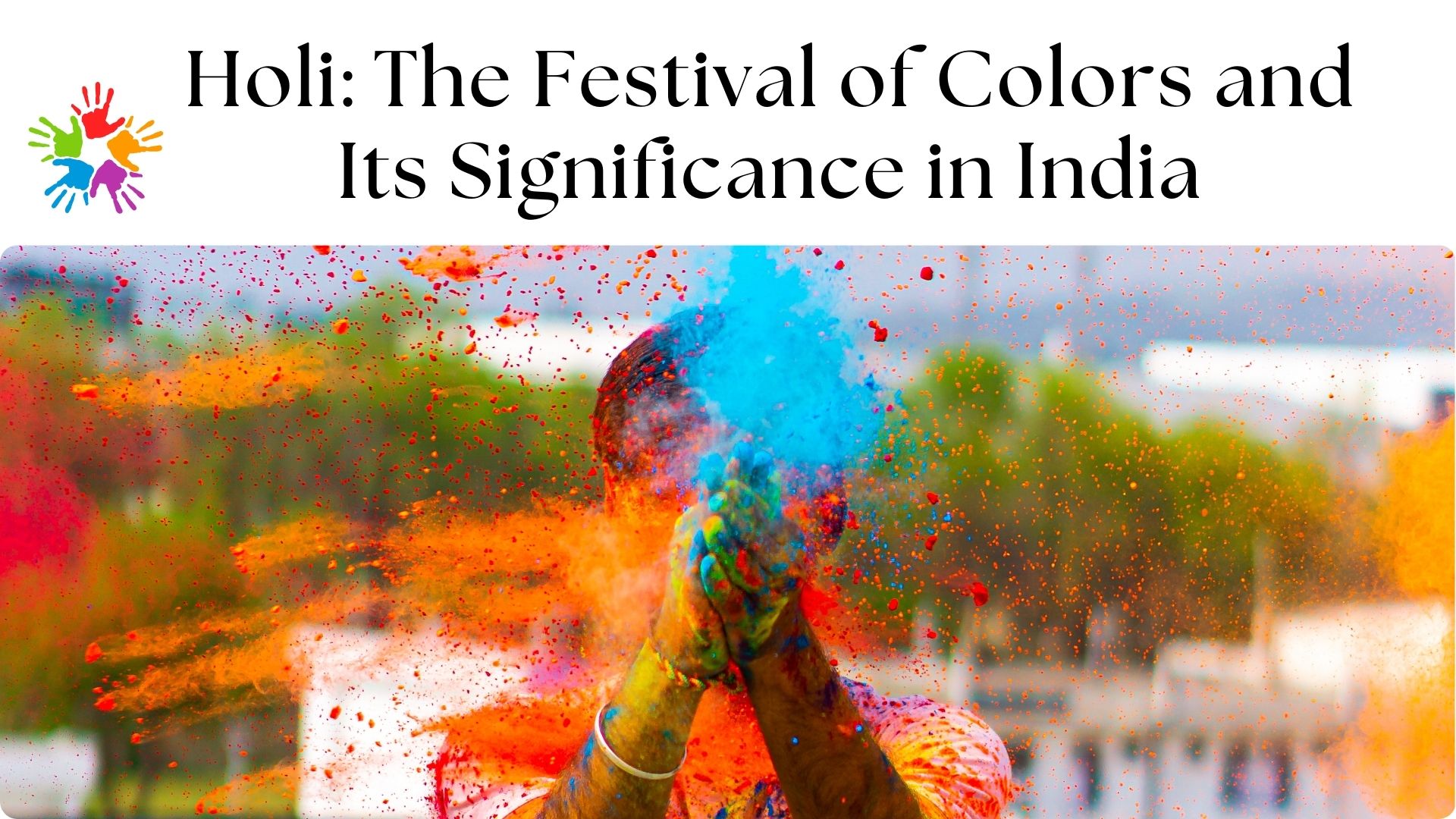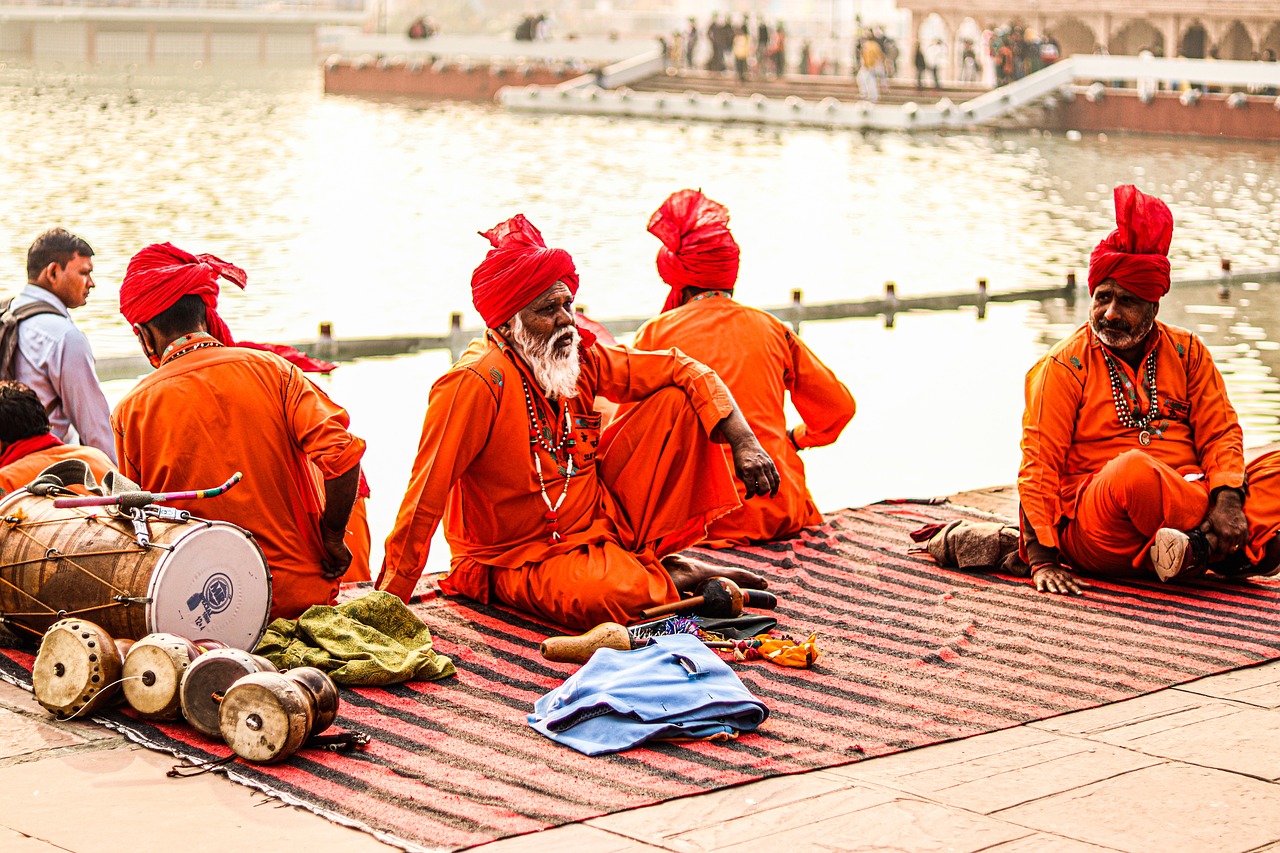Holi, known as the “Festival of Colors,” is one of the most vibrant and joyous festivals celebrated in India. It marks the arrival of spring and the victory of good over evil. Holi is a festival of colors and a time to strengthen relationships, forgive past grievances, and welcome positivity into life. Celebrated with immense enthusiasm and energy, Holi brings together people from all walks of life, creating a sense of unity and joy.
This festival holds deep religious, cultural, and social significance in Indian society. From traditional rituals to modern-day celebrations, Holi has evolved over time, but its core essence of spreading love and happiness remains unchanged.
Historical and Mythological Significance
Holi has its roots in Hindu mythology and ancient Indian traditions. The most popular legend associated with Holi is the story of Prahlad, Hiranyakashipu, and Holika.
The Legend of Prahlad and Holika
Hiranyakashipu, a demon king, was granted a boon by Lord Brahma, which made him nearly indestructible. As a result, Hiranyakashipu became arrogant and demanded that everyone worship him as a god. However, his own son, Prahlad, was a devout follower of Lord Vishnu and refused to worship his father.
Angered by his son’s defiance, Hiranyakashipu plotted to kill Prahlad. He sought the help of his sister, Holika, who had a magical cloak that made her immune to fire. Holika tricked Prahlad into sitting with her in a fire, but by the grace of Lord Vishnu, the cloak flew off Holika and covered Prahlad, protecting him from the flames. Holika was burned to death, and Prahlad emerged unharmed. This victory of good over evil is celebrated as Holi.
The Legend of Radha and Krishna
Holi is also linked to the divine love story of Radha and Krishna. According to legend, young Krishna, who had a dark complexion, was worried that Radha, who was fair-skinned, might not love him. His mother, Yashoda, advised him to color Radha’s face with any color he liked. Krishna playfully applied color to Radha’s face, and this act became a symbol of love and harmony.
This playful act of coloring each other’s faces is now one of the central traditions of Holi.
Rituals and Traditions of Holi
Holi is celebrated over two days — Holika Dahan (Chhoti Holi) and Rangwali Holi (the day of colors).
1. Holika Dahan (The Bonfire Night)
- On the evening before Holi, people gather wood and combustible materials to build a large bonfire in open spaces.
- An effigy of Holika is placed on the fire, symbolizing the burning of evil and the victory of good.
- People perform prayers, sing traditional songs, and circle the fire while offering grains, coconut, and other sacred items.
- This ritual represents the cleansing of negativity and the welcoming of positive energy.
2. Rangwali Holi (Festival of Colors)
- On the day of Holi, people of all ages gather in the streets and public places to play with colors.
- Natural and synthetic colored powders (called gulal) are smeared on each other’s faces.
- Water balloons and water guns (pichkaris) are used to drench one another in colored water.
- People dance to traditional Holi songs and Bollywood music, creating an atmosphere of joy and excitement.
- Sweets such as gujiya, malpua, and thandai (a spiced milk drink with bhang) are prepared and shared among friends and family.
Regional Variations of Holi in India
Holi is celebrated differently in various parts of India, reflecting the country’s diverse culture and traditions.
1. Lathmar Holi (Barsana and Nandgaon, Uttar Pradesh)
- Lathmar Holi is a unique tradition where women from Barsana (Radha’s village) playfully hit men from Nandgaon (Krishna’s village) with sticks (lathis).
- Men try to shield themselves while singing and dancing, and the playful exchange symbolizes the love story of Radha and Krishna.
2. Phoolon Ki Holi (Vrindavan, Uttar Pradesh)
- In Vrindavan, Holi is celebrated with flowers instead of colors.
- The Banke Bihari temple hosts this event where devotees shower each other with colorful flower petals.
3. Holla Mohalla (Punjab)
- In Punjab, Holi coincides with Holla Mohalla, a Sikh festival that celebrates martial arts and bravery.
- Sikh warriors (Nihangs) demonstrate martial skills such as sword fighting, horse riding, and mock battles.
- The festival concludes with community feasts (langar) and kirtans (devotional singing).
4. Shigmo (Goa)
- In Goa, Holi is known as Shigmo, a spring festival celebrated with folk dances, street parades, and vibrant costumes.
- The festival reflects the Goan culture and heritage through colorful floats and traditional performances.
5. Dol Jatra (West Bengal)
- In West Bengal, Holi is celebrated as Dol Jatra or Dol Purnima.
- Images of Lord Krishna and Radha are paraded on swings (dol), while devotees sing and apply colors.
- Bhajans and traditional music create a spiritual and festive atmosphere.
Significance of Colors in Holi
The use of colors during Holi symbolizes various aspects of life:
- Red – Love and passion
- Yellow – Prosperity and happiness
- Green – Growth and harmony
- Blue – Calmness and strength
- Pink – Compassion and joy
The exchange of colors reflects the breaking down of social barriers, fostering a sense of unity and equality.
Impact of Holi on Indian Society
1. Social Bonding
Holi encourages people to forget past conflicts and build new relationships.
- People from different castes, religions, and backgrounds come together to celebrate, promoting unity and harmony.
2. Economic Impact
- Holi contributes to the Indian economy through increased sales of colors, sweets, traditional clothing, and festival-related products.
- Tourism spikes during Holi, with cities like Mathura, Vrindavan, and Jaipur attracting thousands of tourists.
3. Environmental and Health Concerns
- Traditionally, natural colors made from flowers and herbs were used during Holi.
- However, synthetic colors containing harmful chemicals have raised environmental and health concerns.
- In recent years, there has been a shift toward using organic and eco-friendly colors to reduce pollution and skin-related issues.
Global Influence of Holi
Holi’s popularity has spread beyond India to countries such as Nepal, Bangladesh, Mauritius, the United States, Canada, Australia, and the United Kingdom.
- Major cities like New York, London, and Sydney host Holi-themed events, attracting people from diverse cultural backgrounds.
- The “Festival of Colors” concept has inspired global music festivals and cultural events.

